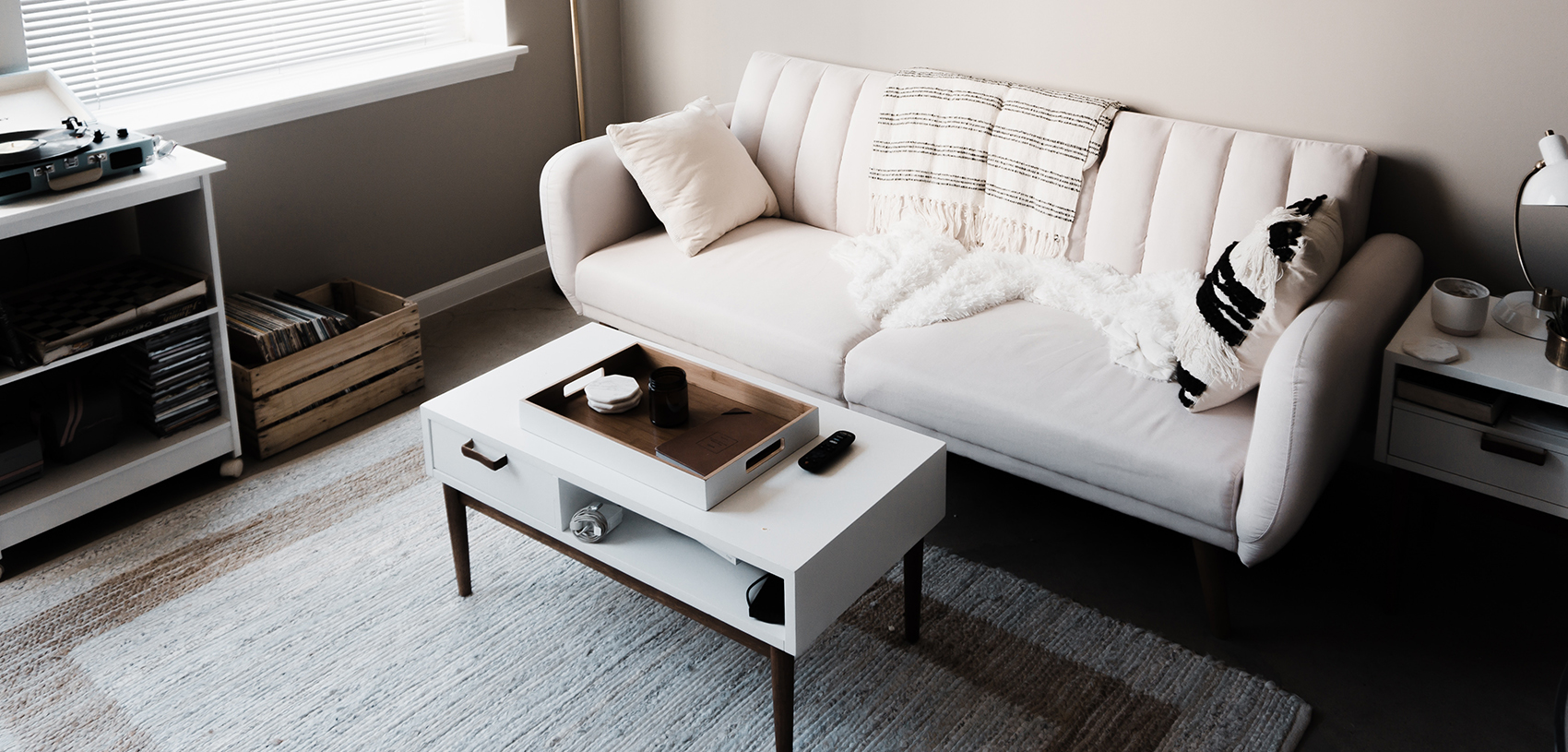For landlords interested in attracting quality tenants, the question of whether or not to furnish their rental properties requires careful consideration. Renting out a furnished space may have some appealing benefits (higher rental rates, damage deposits, and aesthetic control of the space), but it takes an experienced landlord or property manager to ensure that your investment is protected and maintained.
Ultimately, you should only furnish your property if it will be profitable in the long run. Here’s a summary of how January 2019’s rental rates compare for furnished vs. unfurnished suites:

Source: Qualitative Rhetoric Monthly Rental Report (January, 2019)
Vancouver Rental Market Overview
Pros & Cons of Furnishing Your Rental Property
Invest in furnishing your rental property, or leave it up to your tenants? Here are a few things to consider to help you decide what’s best for you (and your property).
1. Higher Rent and Tax Benefits.
As shown above, furnished properties typically secure higher monthly rates than unfurnished ones. Owners of furnished rentals may also claim a percentage of furniture costs for tax purposes.
*It is important to note that for furnished units, costs like utilities, internet/cable etc. are typically covered by the landlord.
2. A Complete Package That is Move-In-Ready
Fully-furnished properties are extremely attractive to renters looking for a move-in-ready opportunity. First-time renters, students and professionals seeking short term residences are often in search of properties offering the “complete package.”
3.Attracting the Right Kind of Tenant
How you choose to furnish your rental property can have a huge impact on the type of tenant it attracts. A well-designed space with tasteful decor can appeal to potential renters with similar tastes. This also leaves landlords responsible for purchasing insurance on these items, though. They should expect wear and tear and/or possible damage to occur.
4. Tenant Turnover
Furnished properties experience more frequent turnover, and are typically rented for shorter terms. While unfurnished properties generally rent for one-year terms, furnished rentals are often much shorter.
5. Maintenance Costs
Landlords of unfurnished rentals have greater flexibility when it comes to maintenance. The cost of restoring the unit between tenants is usually limited to small repairs, like repainting and carpet cleaning. With furnished suites, there is more property at stake. This can mean more major repairs, like steam cleaning furniture and replacing broken or missing items.
Location can play an important role in your decision as well. Owners of smaller properties near the downtown core can attract young professionals and mature tenants by offering a fully or partially furnished rental.
Whatever you choose, it’s important to do your market research before deciding to rent out any investment home. Consider enlisting the help of an experienced property manager to help you navigate Vancouver’s rental housing market, and ensure your furnished or unfurnished property will be profitable to you in the long term.
https://stilhavn.com/vancouver-rental-market-overview/
https://www.rew.ca/news/guide-to-being-a-landlord-2-furnished-vs-unfurnished-rentals-1.2173088
https://liv.rent/blog/2018/11/furnished-vs-unfurnished-rental-guide-for-landlords/



